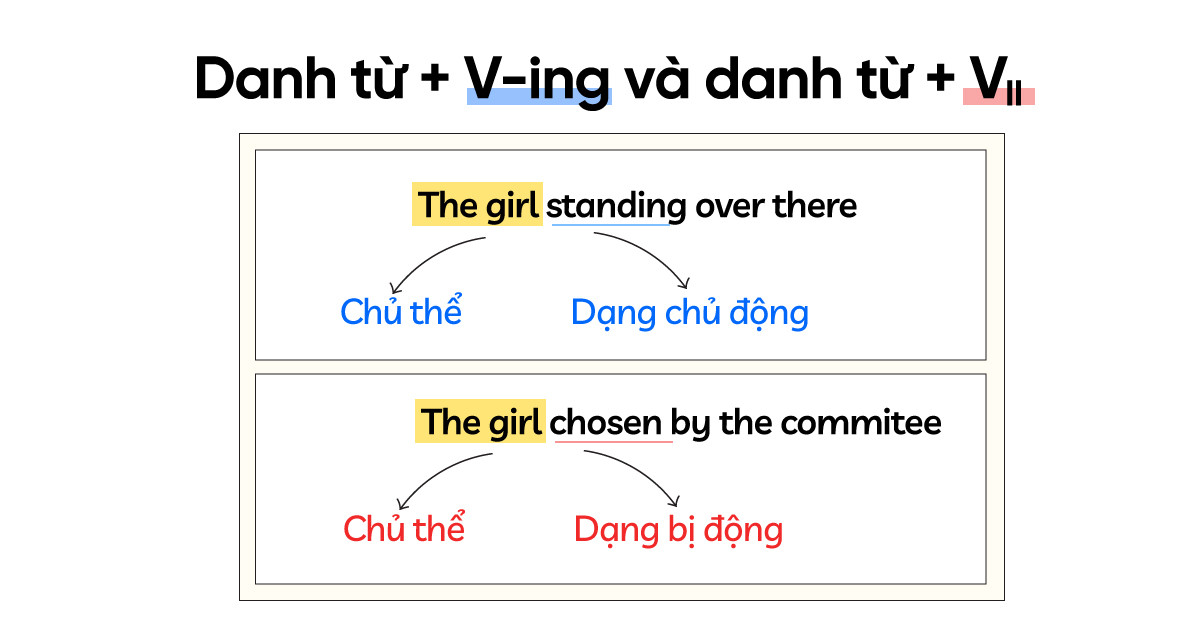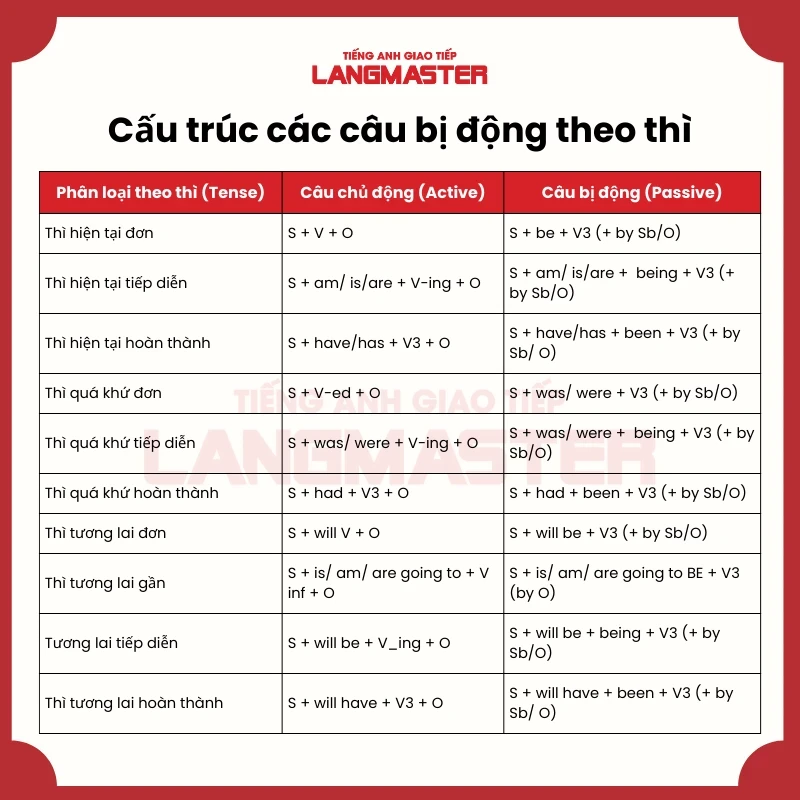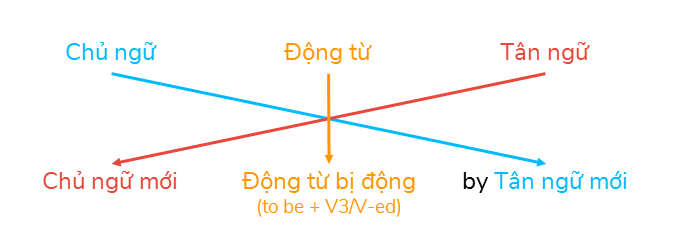Compare active and passive

All languages have two main forms of sentences: active and passive. In English, the choice between these two forms can affect the way in which meaning is conveyed and emphasized in a sentence. Below is a detailed comparison between active and passive
1.Meaning.
Active: In an active sentence, the subject performs an action on the object. Active sentences are usually clear and direct, focusing on the person or object performing the action.
For example:"The cat (subject) catches (action) the mouse (object)."
Passive: In a passive sentence, the object of the action becomes the subject and receives the action from the subject. Passive sentences often focus on the object of the action, emphasizing the action performed on the object.
For example:"The mouse (object) is caught (action) by the cat (subject)."

2.Structure.
Active: Active sentences usually have the structure: subject + verb + object.
For example:"She (subject) reads (verb) a book (object)."
Passive: Passive sentences often have the structure: object + verb to be + by + subject.
For example:"A book (object) is read (verb to be) by her (subject)."

3.Adjective Status.
Active: Usually shows a positive action or state.
For example: "The company launches a new product every year." (The company launches a new product every year.)
Passive: Usually expresses the state of being affected by an action or receiving benefits.
For example:"A new product is launched by the company every year."
4.Clarity.
Active: Usually shows a positive action or state.
For example: "The company launches a new product every year." (The company launches a new product every year.)
Passive: Usually expresses the state of being affected by an action or receiving benefits.
For example:"A new product is launched by the company every year." (Every year a new product is launched by the company.)
5.Using.

Active: Often used when we want to emphasize the person or object performing the action.
Passive: Often used when we want to focus on the action or the object of the action, especially when the person performing the action is unimportant or unknown.
Conclude:
The comparison between active and passive provides an overview of how we express actions in English. Correct use of active and passive voice will help convey meaning accurately and clearly in communication.

